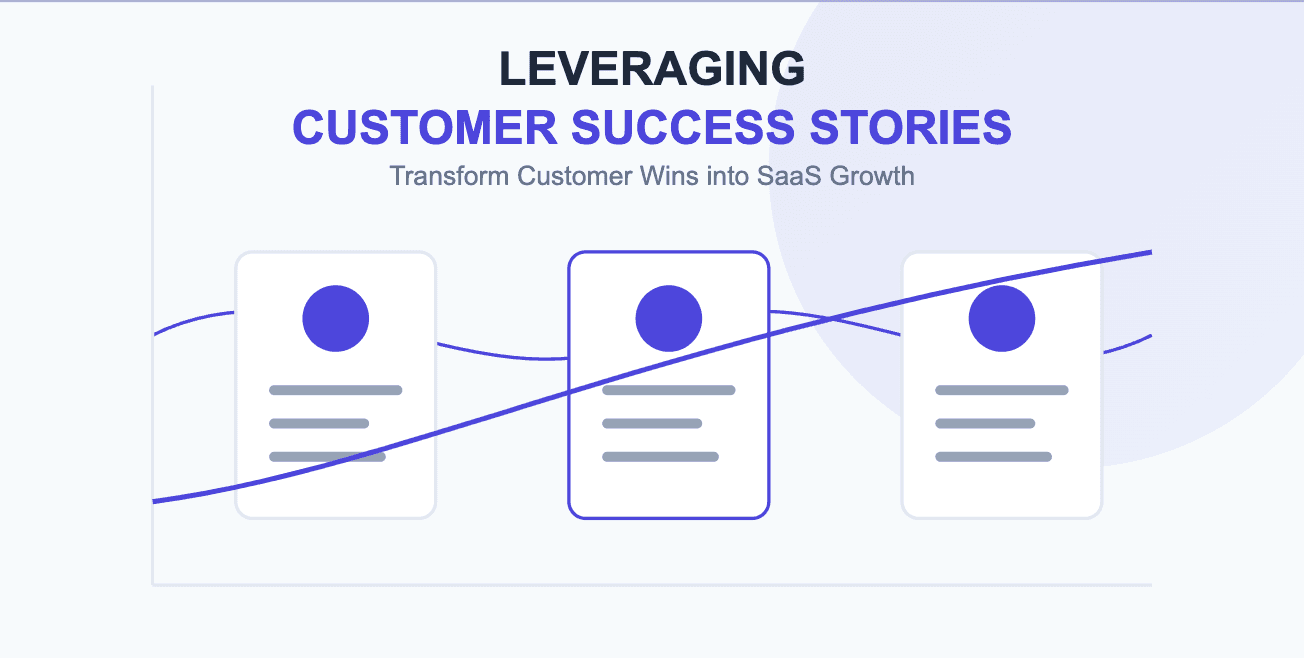
Storytelling that Converts: Mastering SaaS Customer Success

by
Wiktoria Slowikowska
Nov 15, 2024
Identify and convert your most valuable users
Sign Up
Acquiring customers is just the beginning. The key to long-term growth lies in retaining those customers and turning them into vocal advocates. One of the most powerful ways to achieve this is by leveraging customer success stories and case studies. These marketing tools help you demonstrate your product's value, build trust, and ultimately convert more prospects into loyal users.
Customer success stories and case studies serve as social proof, showing potential customers how your SaaS solution has delivered real-world results. In this article, we’ll explore how SaaS businesses can effectively use these tools to boost customer acquisition, improve retention, and drive business growth.
Understanding Customer Success Stories and Case Studies
Before delving into how to leverage customer success stories and case studies, it’s important to first define what each of them entails.
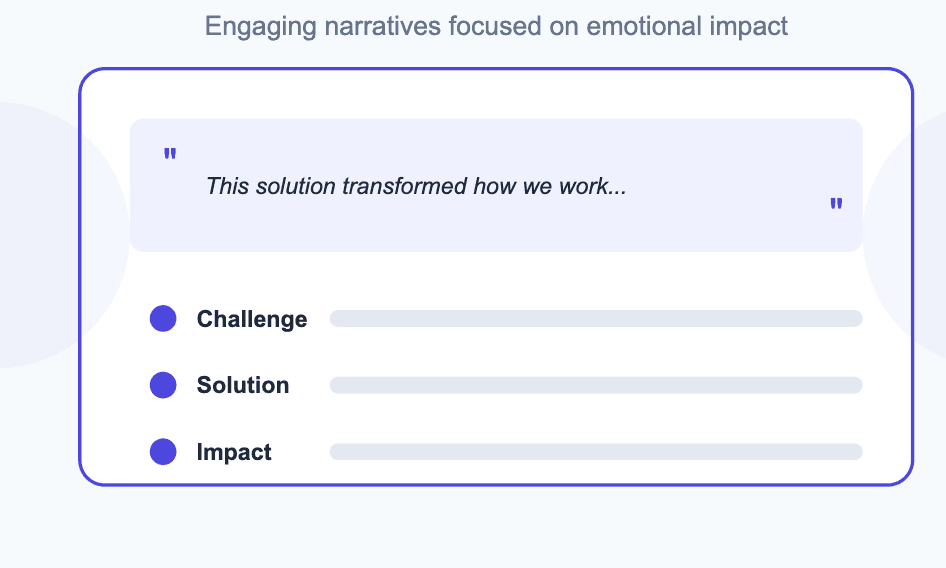
1. Customer Success Stories
Customer success stories are short, engaging narratives that highlight how your SaaS product helped a customer solve a specific problem or achieve a key goal. These stories often include direct quotes from customers and focus on the emotional impact of your solution, making them highly relatable and compelling. They tend to be brief and more conversational, offering an overview of the customer's journey.
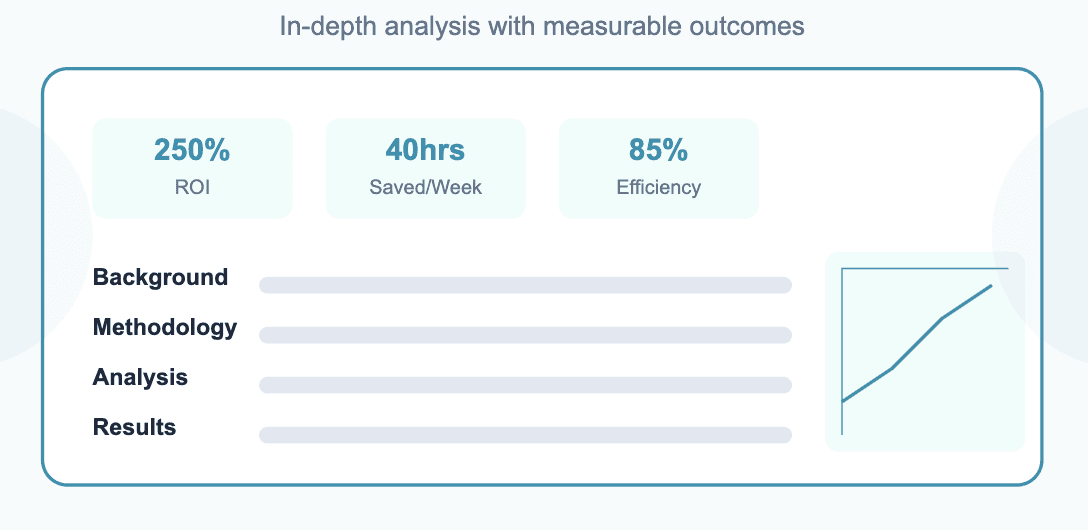
2. Case Studies
In contrast, case studies are more detailed and in-depth. They provide a comprehensive analysis of a customer's challenges, how your product addressed those challenges, and the results achieved. Case studies often include hard data, statistics, and measurable outcomes, making them ideal for prospects who want to understand the specifics of how your product works. These are typically longer than success stories and more analytical in nature.
While success stories are great for quick engagement and showcasing customer satisfaction, case studies dive deeper into the business value and performance improvements your product can deliver.
The Importance of Customer Success Stories and Case Studies
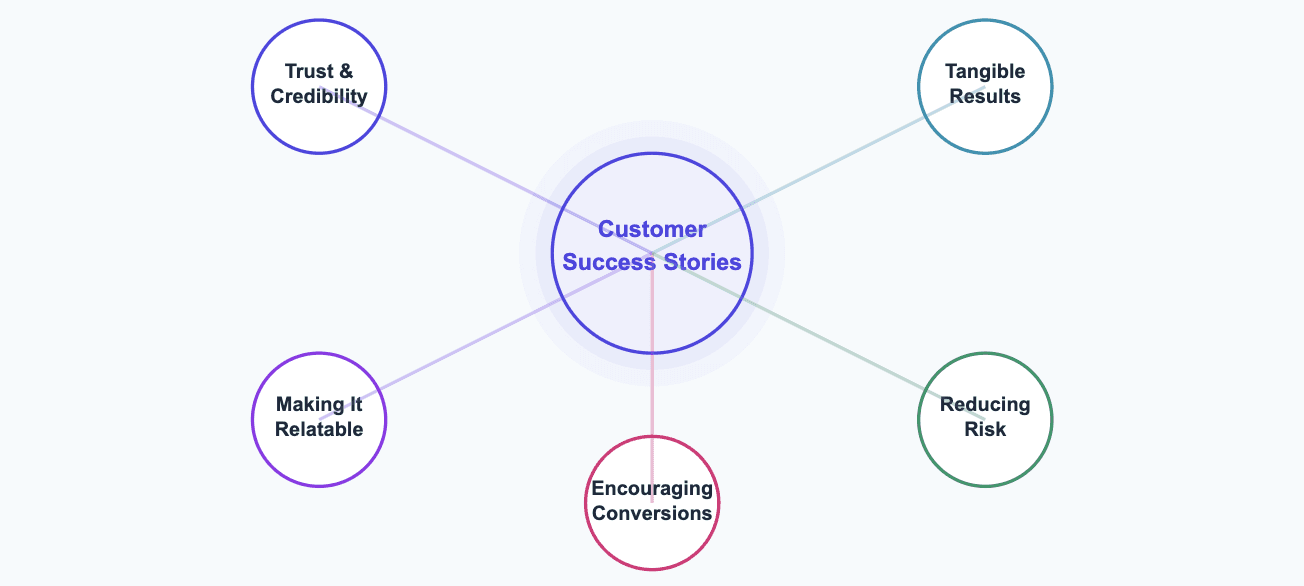
There are several key reasons why these tools are so valuable for SaaS companies.
1. Building Trust and Credibility
Trust is a major factor in any SaaS purchase decision. Customers are more likely to choose your product if they can see how it’s helped other businesses. Success stories and case studies provide third-party validation of your product’s effectiveness, which in turn boosts your credibility. When potential customers see real examples of others benefiting from your solution, they feel more confident in their own decision to buy.
2. Demonstrating Tangible Results
When prospects consider a SaaS product, they want to understand how it will improve their business. Case studies are particularly effective because they show measurable, tangible outcomes. Whether it’s a boost in sales, a reduction in operational costs, or improved efficiency, case studies demonstrate how your product solves specific pain points and delivers results. These numbers give prospects concrete evidence of your product’s value, which is far more convincing than abstract promises.
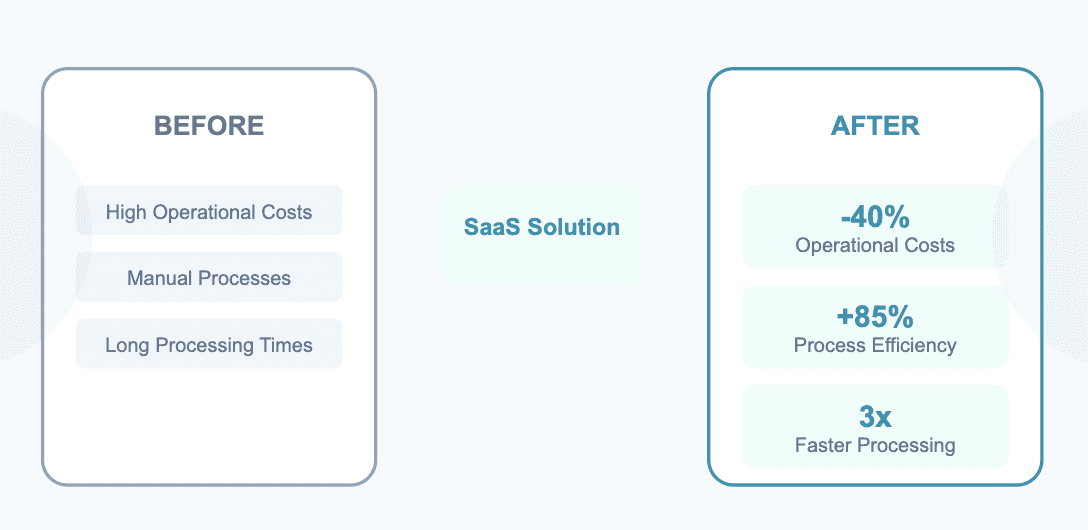
3. Alleviating Concerns and Reducing Perceived Risk
Prospects often hesitate to sign up for new SaaS products because they fear it may not meet their needs or live up to the marketing hype. Success stories and case studies help alleviate these concerns by showing how your product has already worked for other companies. By presenting real-world examples of success, you reduce the perceived risk of trying your product, making it easier for prospects to commit.
4. Making Your Product Relatable
Customer success stories and case studies make your product more relatable to potential customers. When they read about businesses facing similar challenges or operating in the same industry, they begin to envision how your solution could fit into their own workflow. This sense of relatability fosters a stronger emotional connection with your product, which is essential for converting leads into customers.
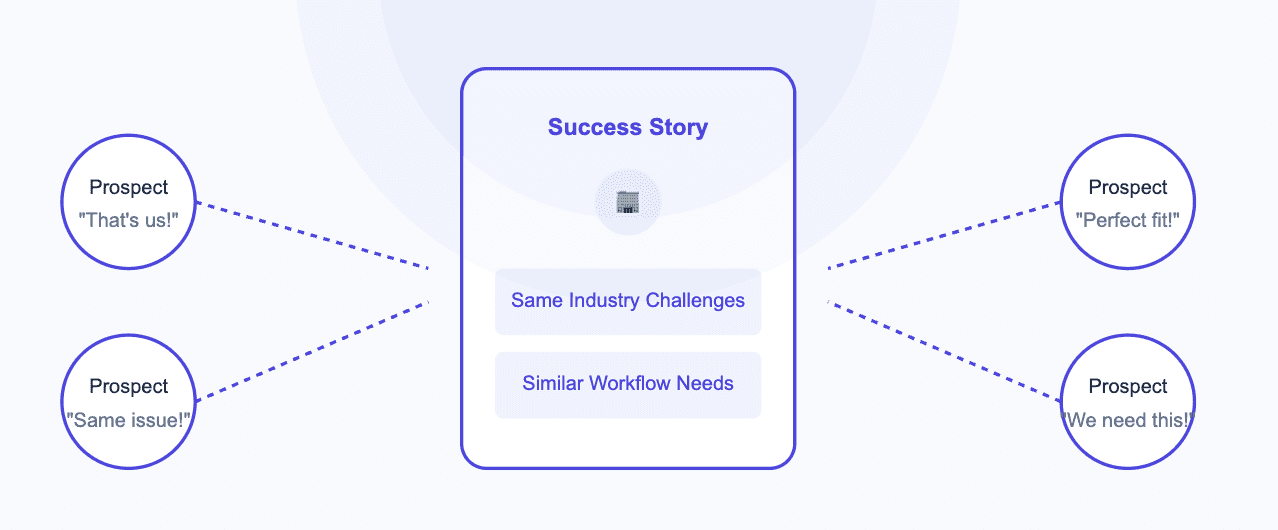
5. Encouraging Conversions
A well-crafted success story or case study can be a powerful motivator for conversions. Prospects want to know how your product will work in practice, and success stories offer a glimpse of what they can expect. By showing how your solution has solved problems for other customers, you increase the likelihood that prospects will take the next step, whether it’s signing up for a free trial or purchasing a subscription.
How to Create Effective Customer Success Stories and Case Studies
Now that we’ve covered the importance of success stories and case studies, let’s dive into how to create them in a way that maximizes their impact.
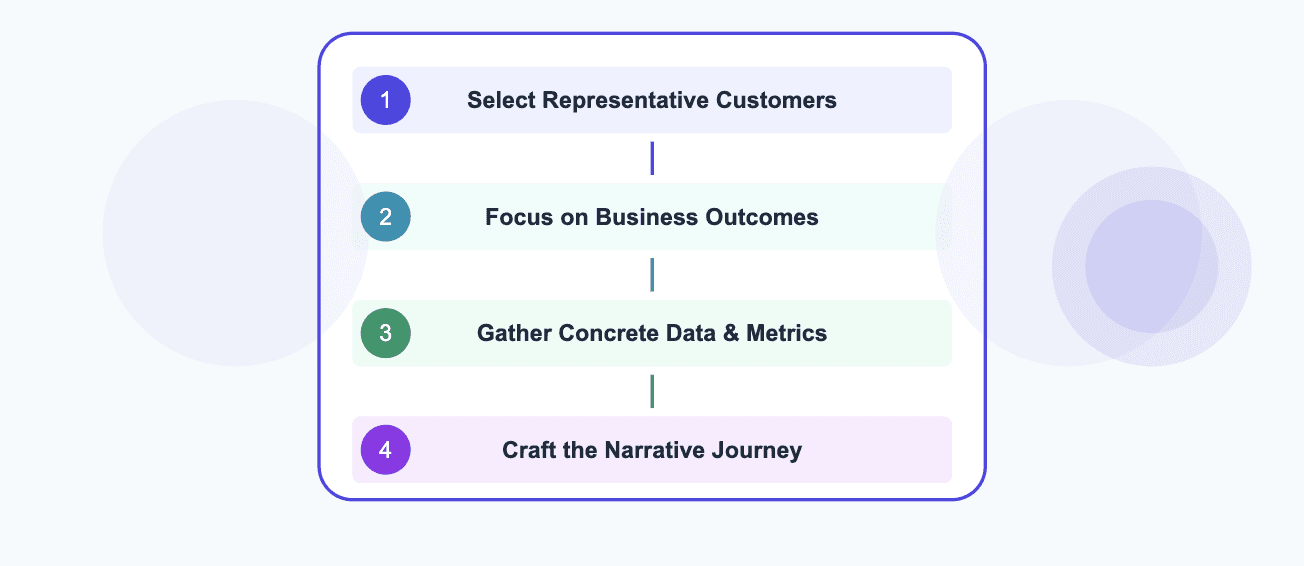
1. Identify the Right Customers to Feature
The first step in creating a compelling success story or case study is selecting the right customer to feature. Ideally, you want to showcase customers who have achieved significant, measurable results using your product. Look for customers who represent your target audience, whether that’s small businesses, large enterprises, or specific industries. The more relatable the customer is to your target market, the more effective the success story or case study will be.
2. Focus on Results, Not Features
While it may be tempting to highlight the features of your product, it’s important to focus on the results your customers have achieved. Talk about how your product has helped them improve key metrics, such as revenue growth, customer satisfaction, or operational efficiency. Prospects care more about the outcomes than the features, so make sure to emphasize the value your product has brought to your customers.
3. Use Real Data and Metrics
Case studies, in particular, should include as much data as possible. Use hard numbers and statistics to back up the success story. For example, if your product helped a customer increase sales, provide the percentage increase. If it improved team productivity, show the time saved or the output increased. Quantifiable data helps build credibility and makes the case study more persuasive.
4. Tell a Compelling Story
While case studies are data-driven, success stories are more narrative in nature. To make the story engaging, structure it in a way that is easy to follow and emotionally compelling. Start by outlining the customer’s challenges and how your product helped them overcome those obstacles. Include direct quotes from customers to make the story feel personal and authentic. A good success story should inspire and resonate with the reader.
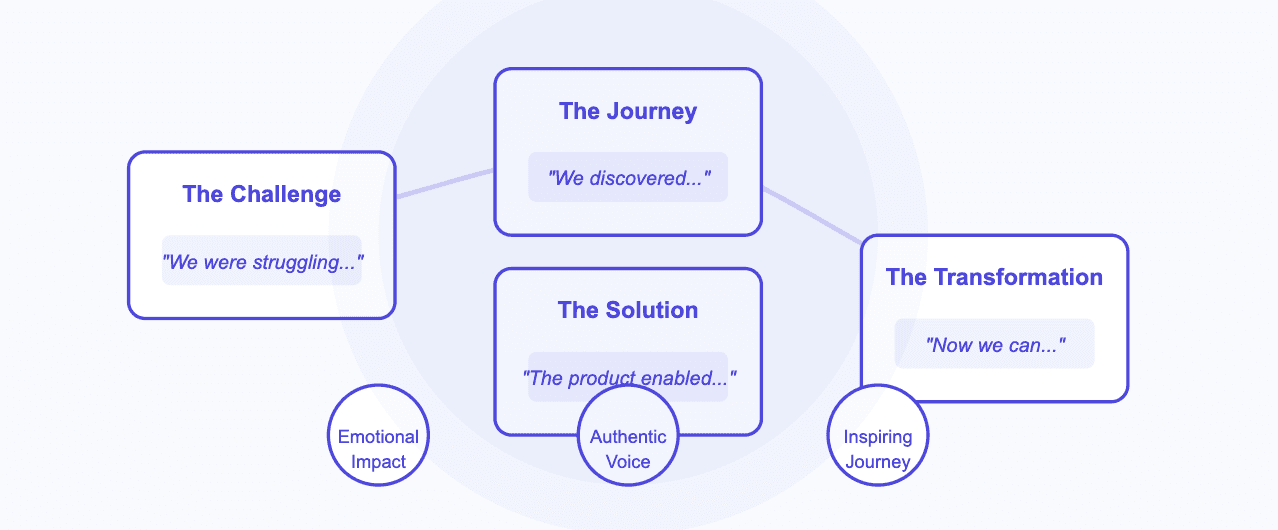
5. Highlight the Customer’s Voice
Both success stories and case studies are more powerful when they include the voice of the customer. Testimonials, quotes, and feedback directly from the customer help to add authenticity and credibility. When prospective customers hear directly from someone who has used your product, they are more likely to trust your claims.
How to Leverage Success Stories and Case Studies
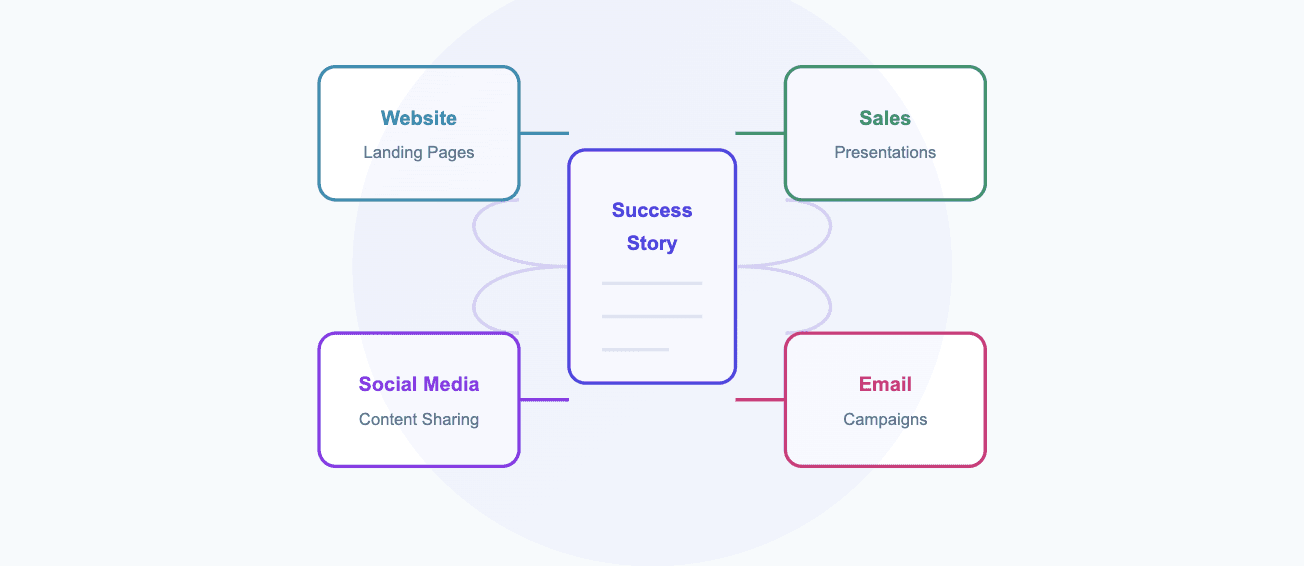
Once you’ve created compelling customer success stories and case studies, the next step is to leverage them effectively across your marketing channels.
1. Use Them on Your Website
Your website is one of the most effective places to showcase success stories and case studies. Create a dedicated page for case studies and feature success stories on your homepage or product pages. Having them front and center helps to reinforce your product’s value and builds trust with visitors.
2.. Share on Social Media and Blogs
Don’t limit success stories and case studies to just your website or sales materials. Share them on social media, in email newsletters, and on your blog. These channels are great for reaching a wider audience and driving more traffic to your website, where prospects can engage with the full case study or success story.
3. Use Them in Email Campaigns
Including customer success stories and case studies in email drip campaigns or newsletters can help nurture leads and move them through the buyer’s journey. These types of emails help reinforce the value of your product and provide proof points that may influence purchasing decisions.
Final Words
By effectively leveraging customer success stories and case studies, SaaS companies can build trust, demonstrate value, and ultimately convert prospects into loyal customers. The key is to focus on real results, use relatable customer examples, and share these success stories across multiple touchpoints to drive engagement and boost conversions.
